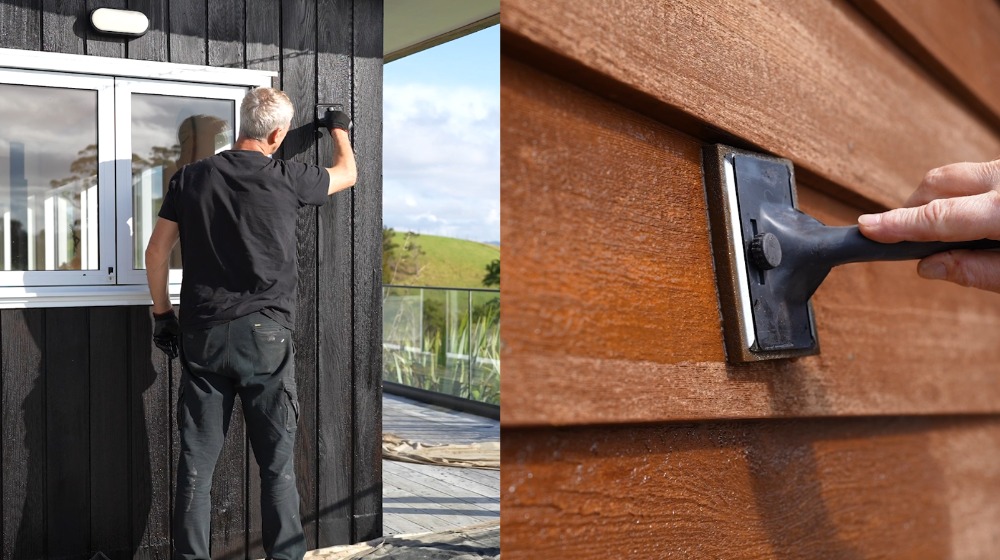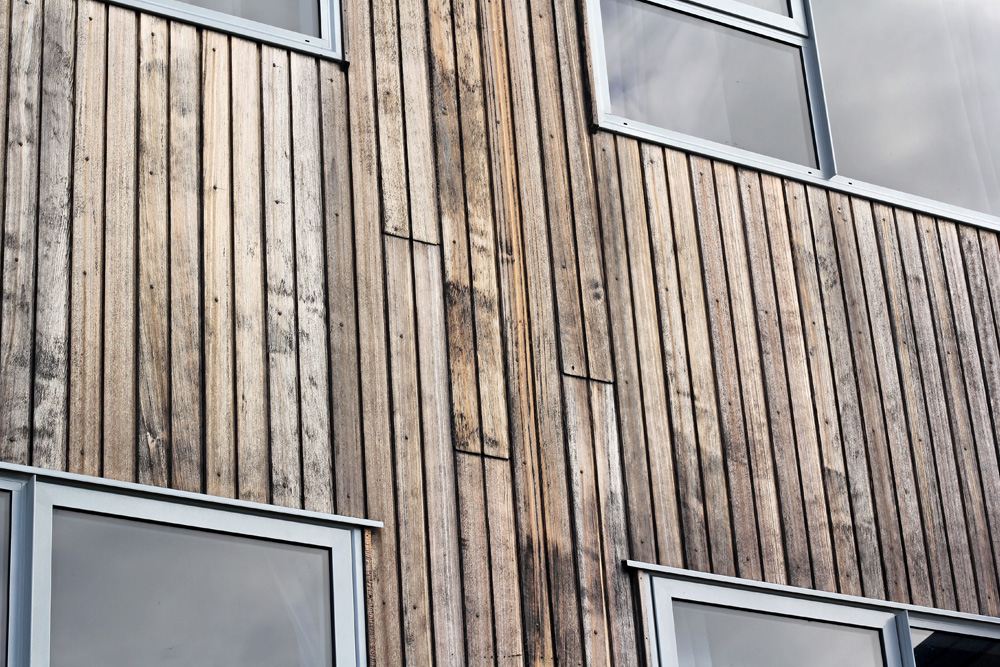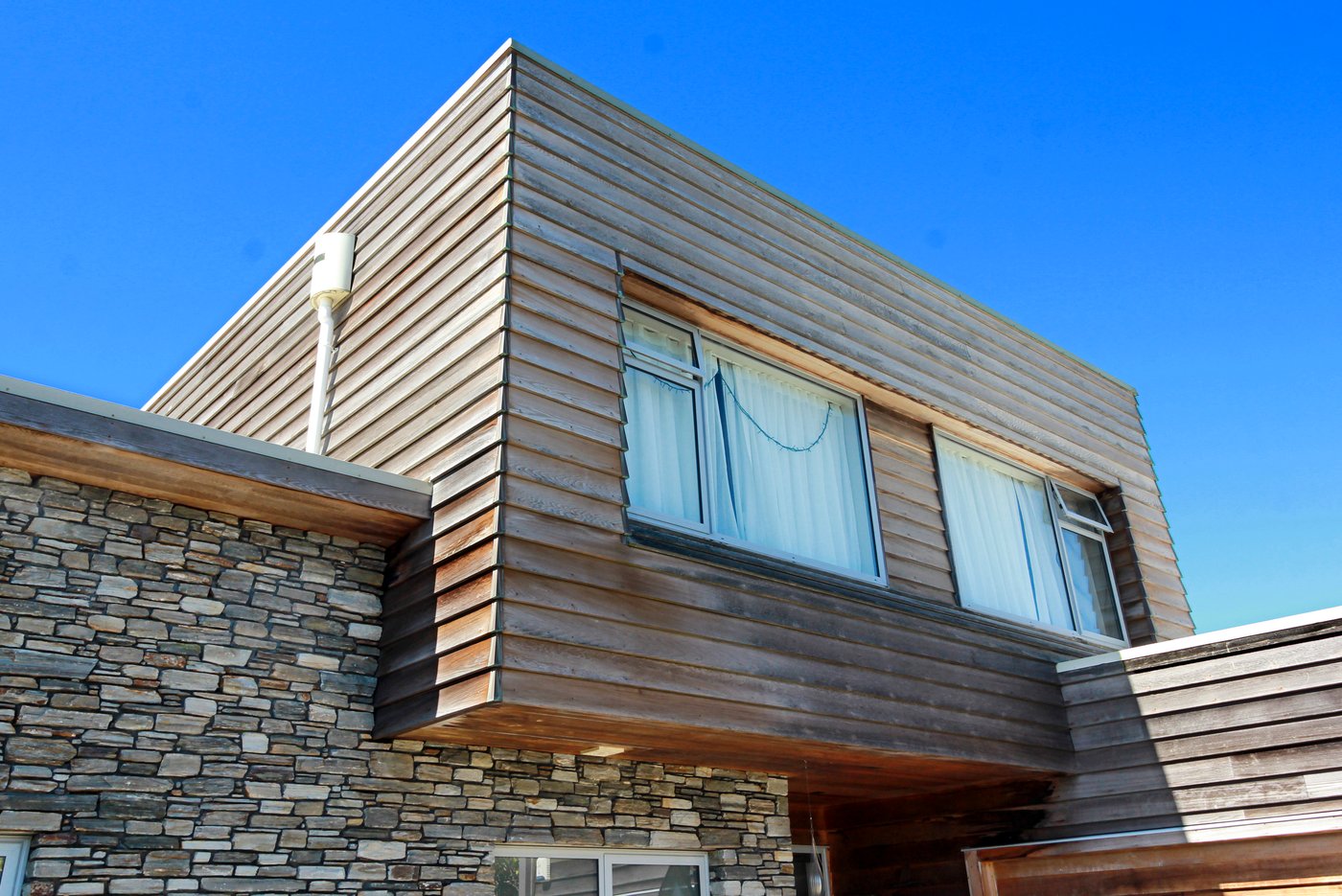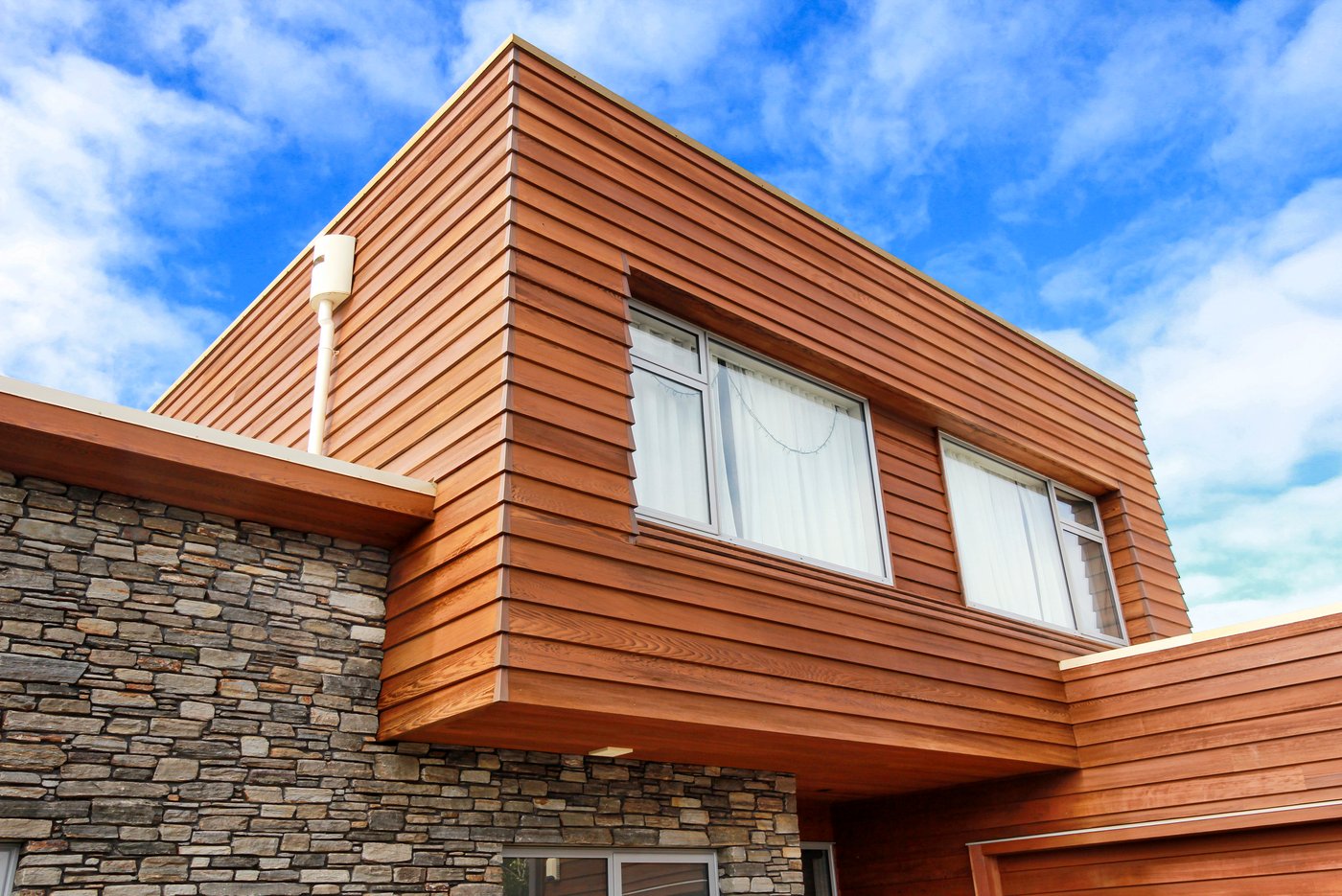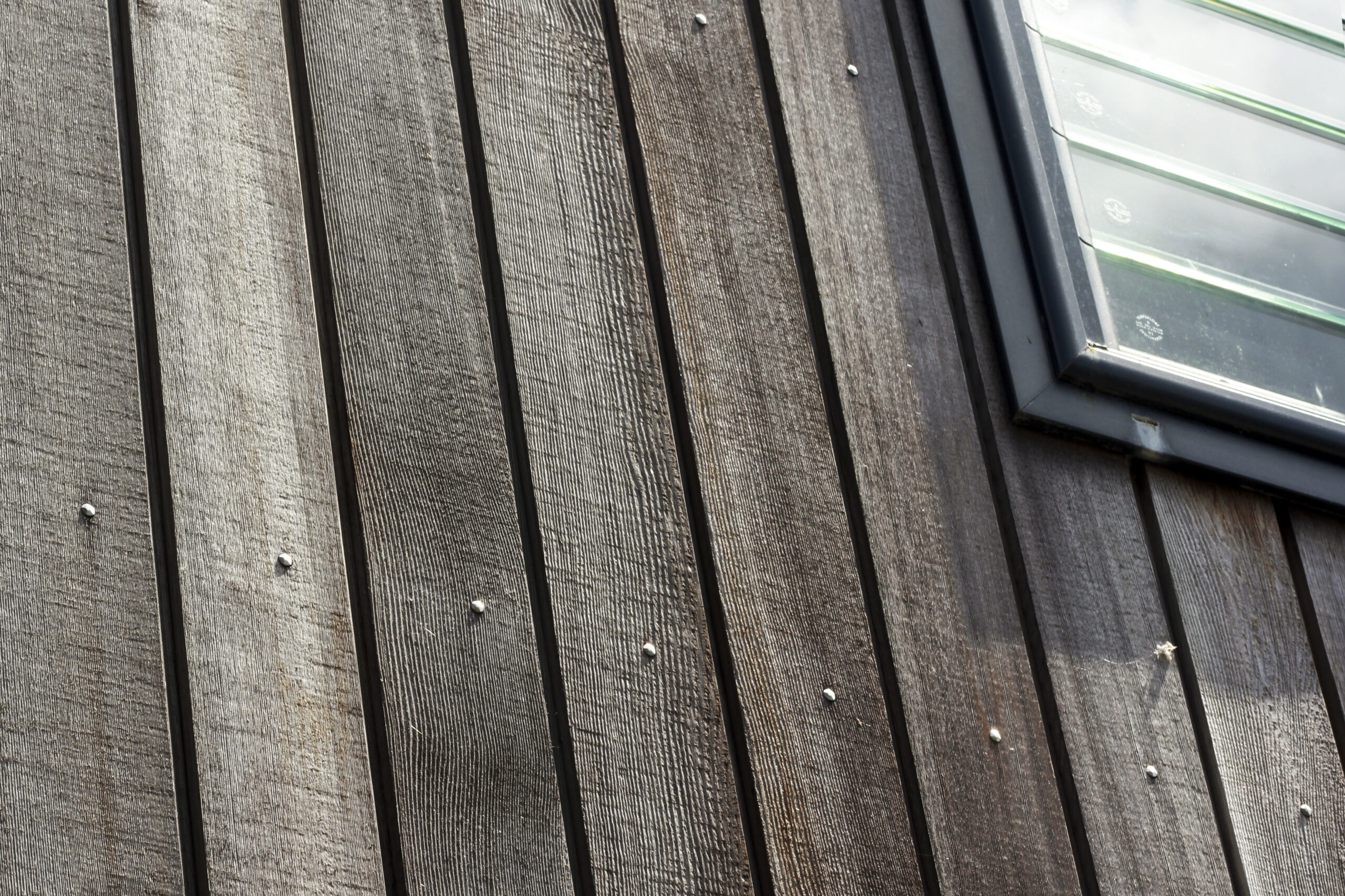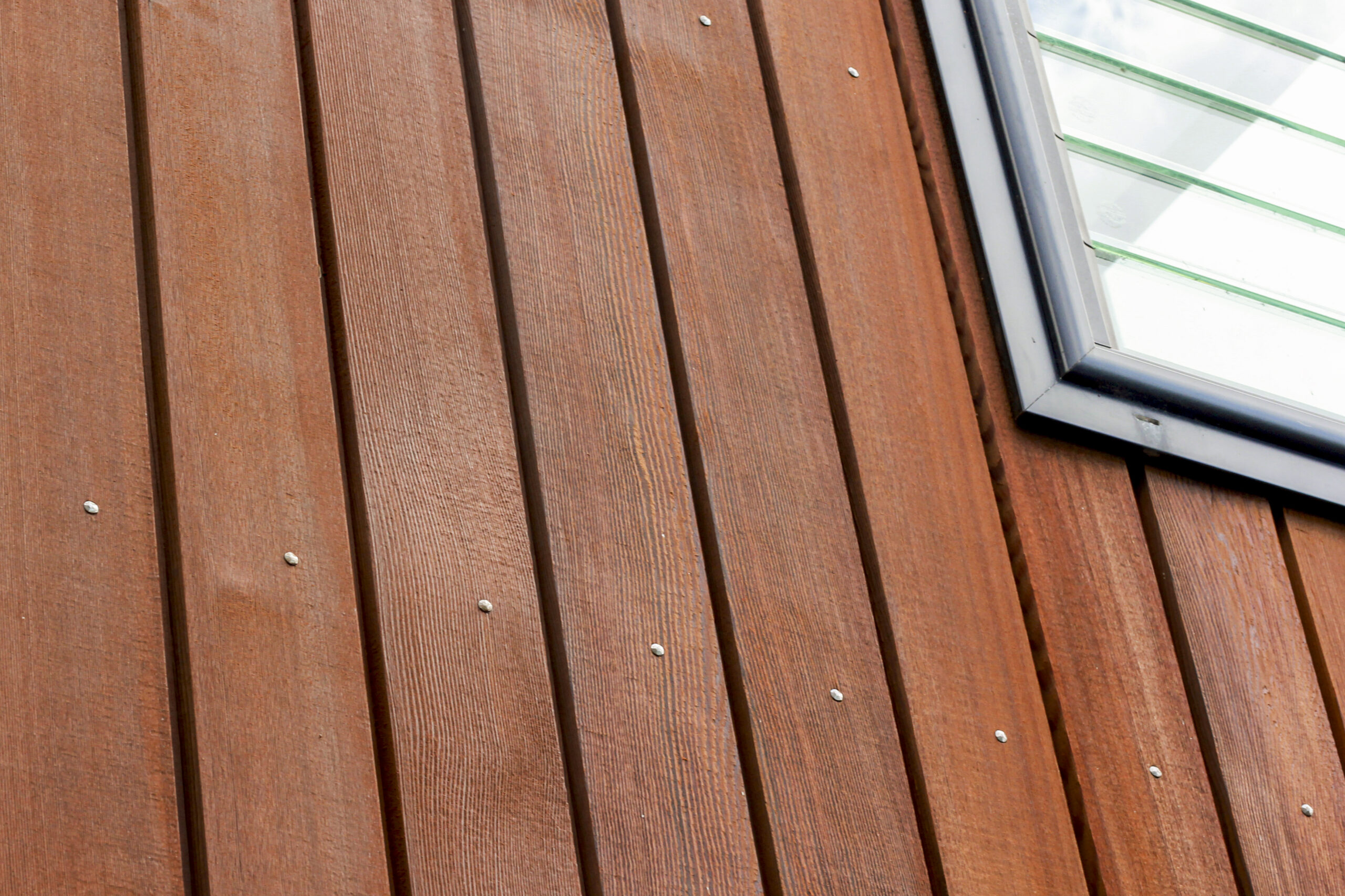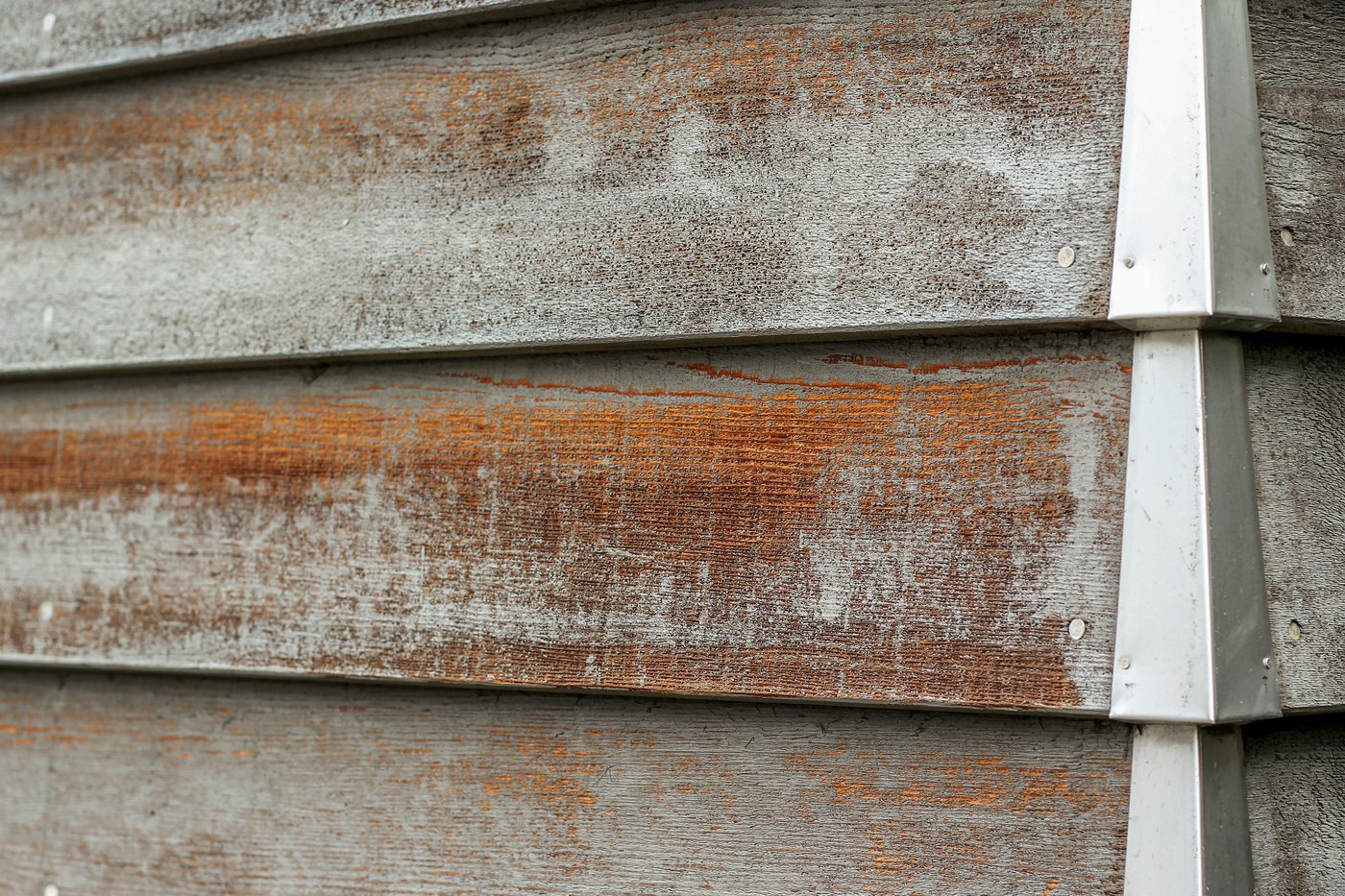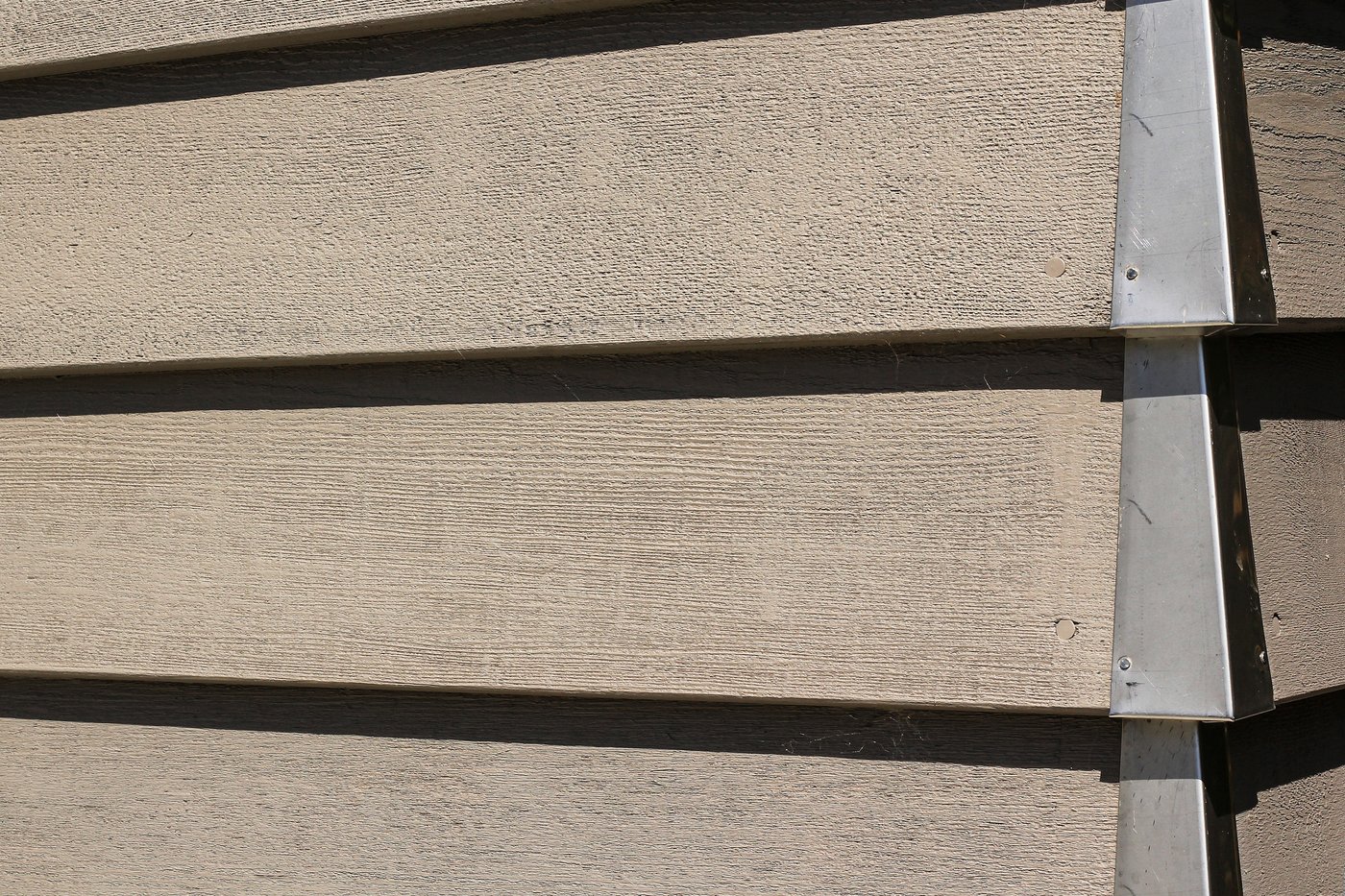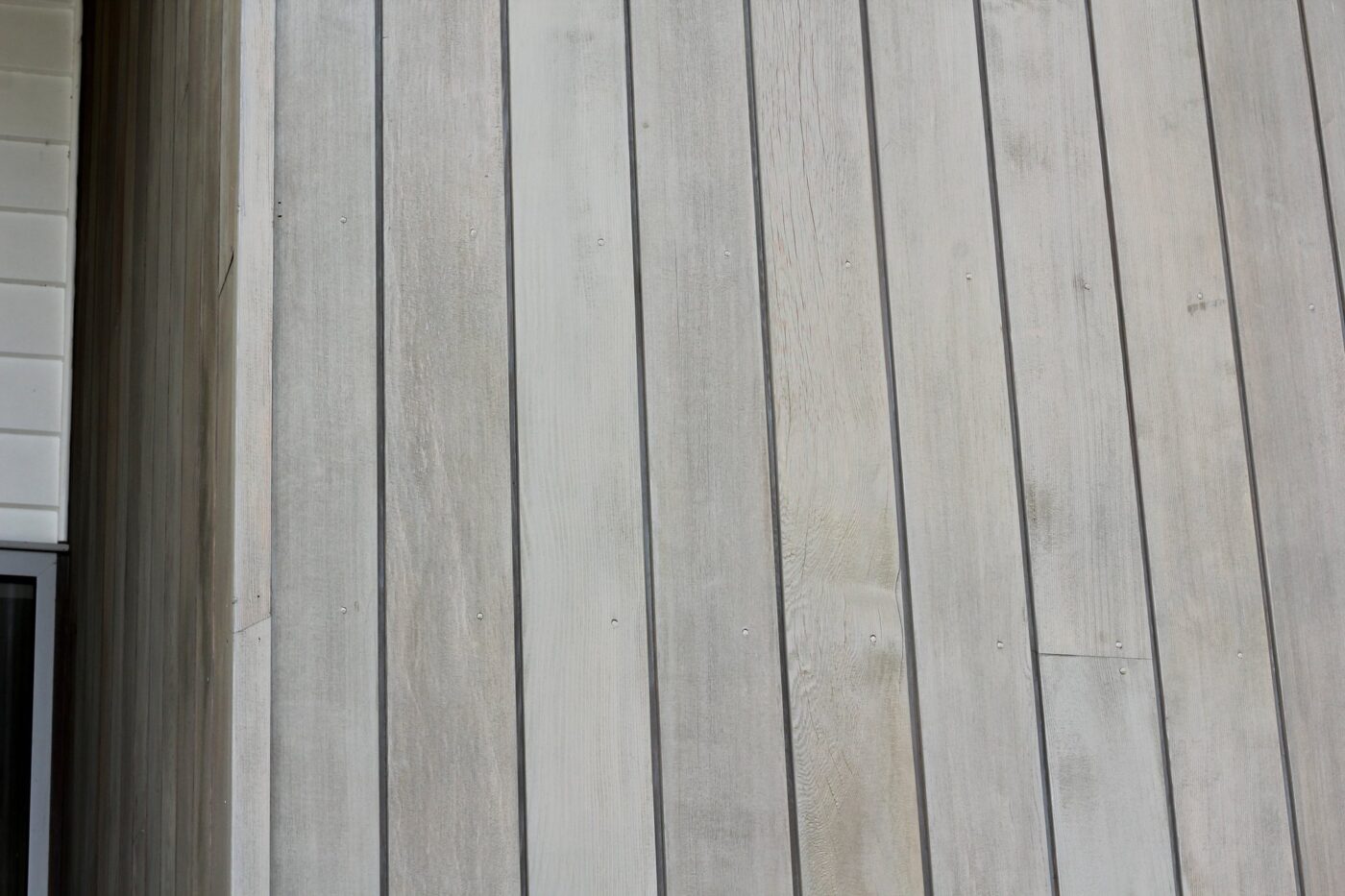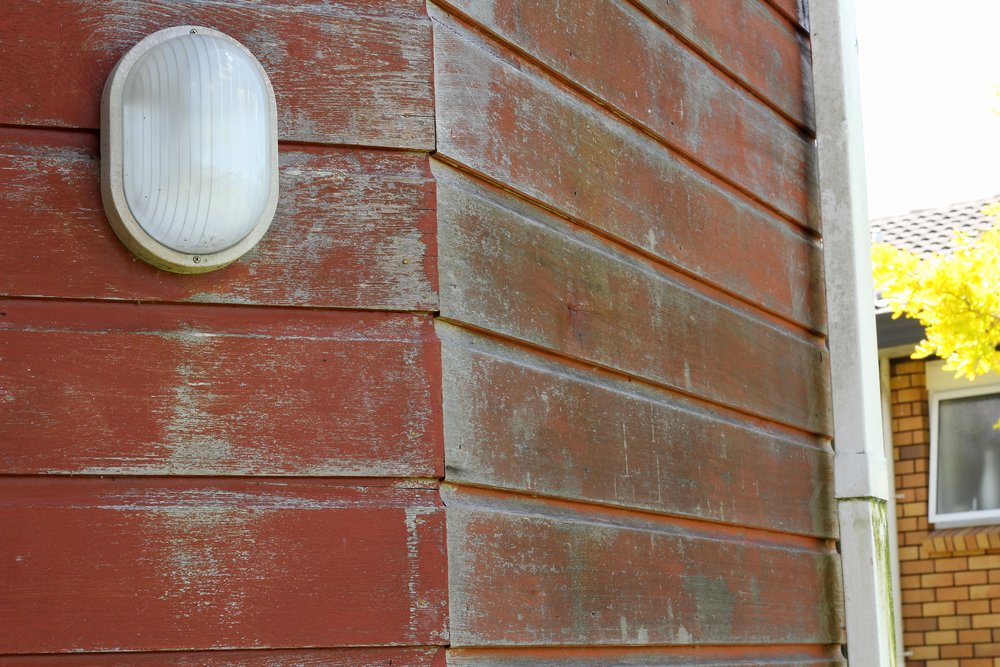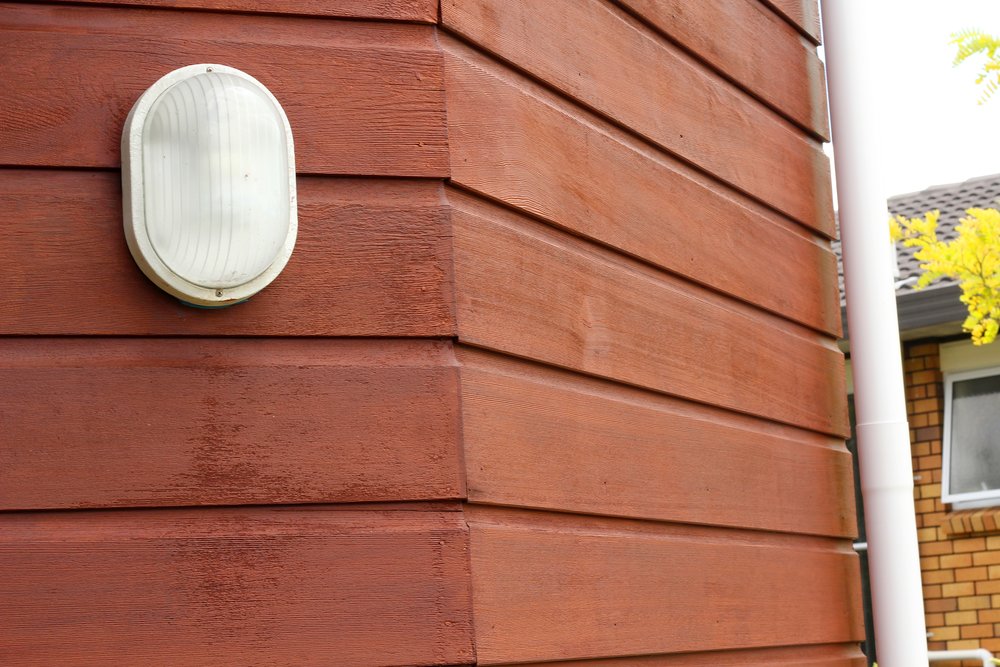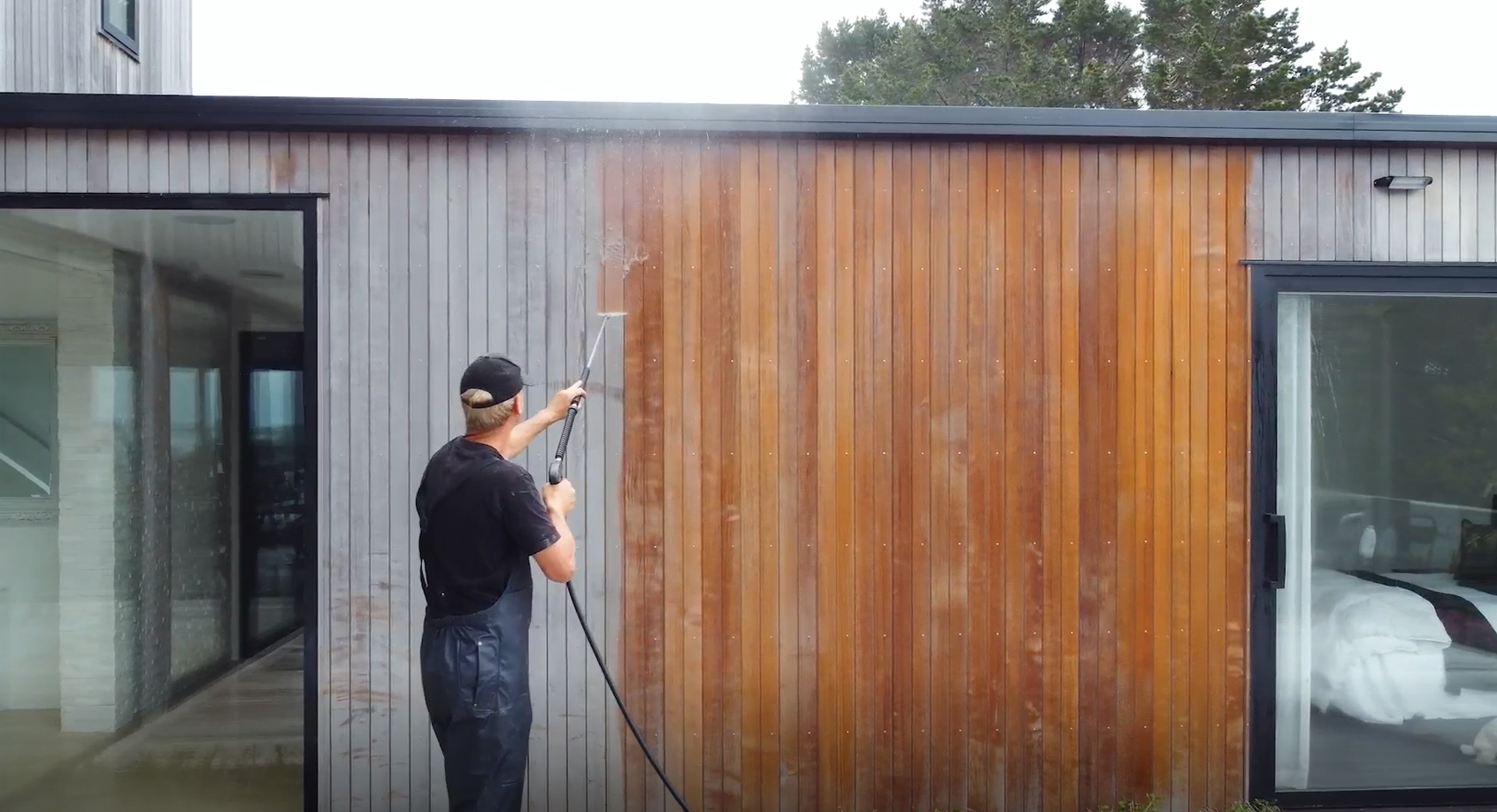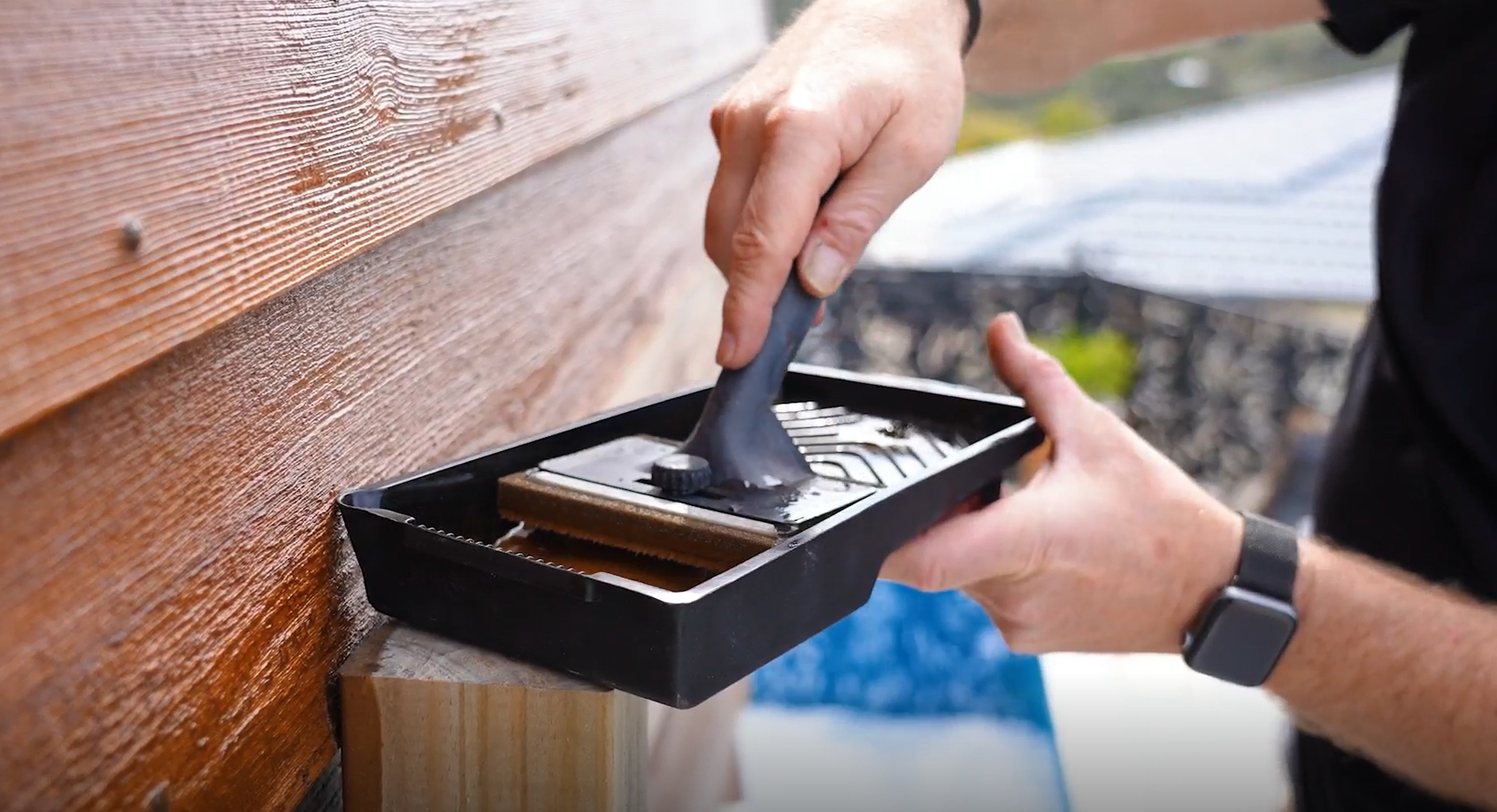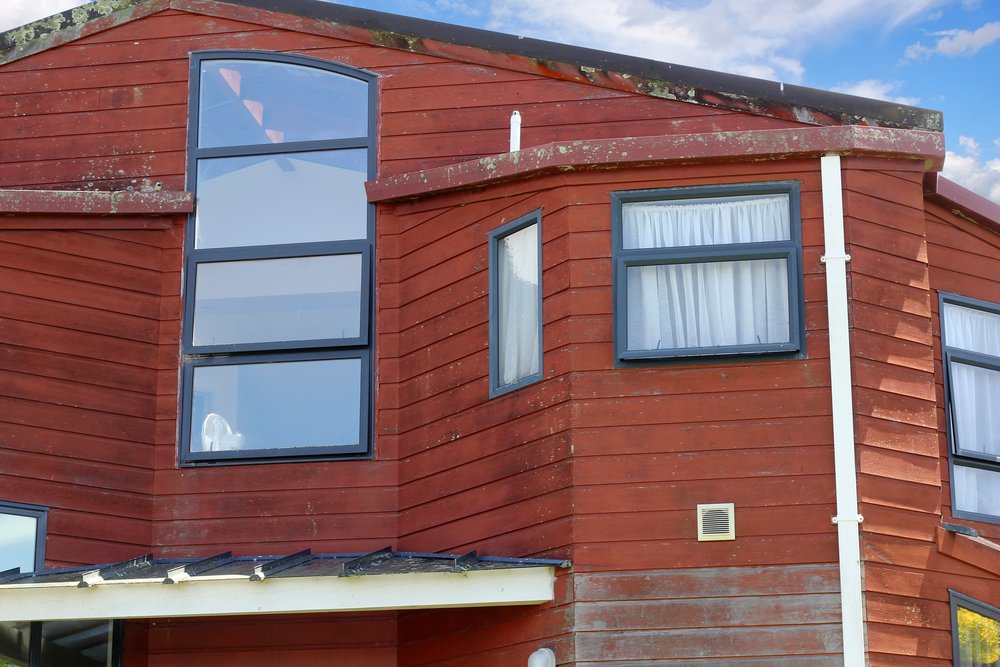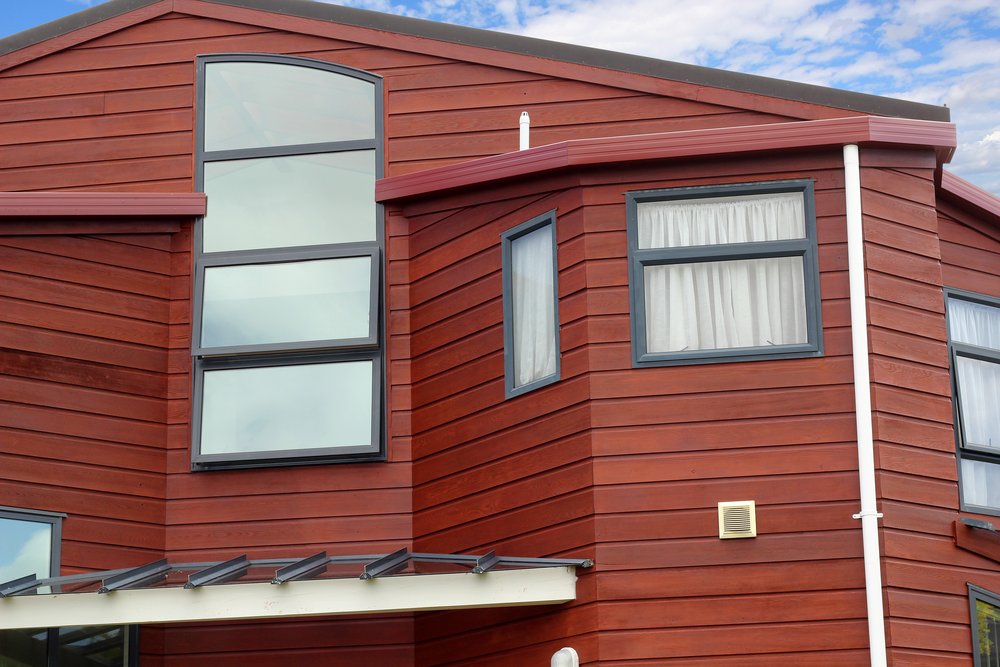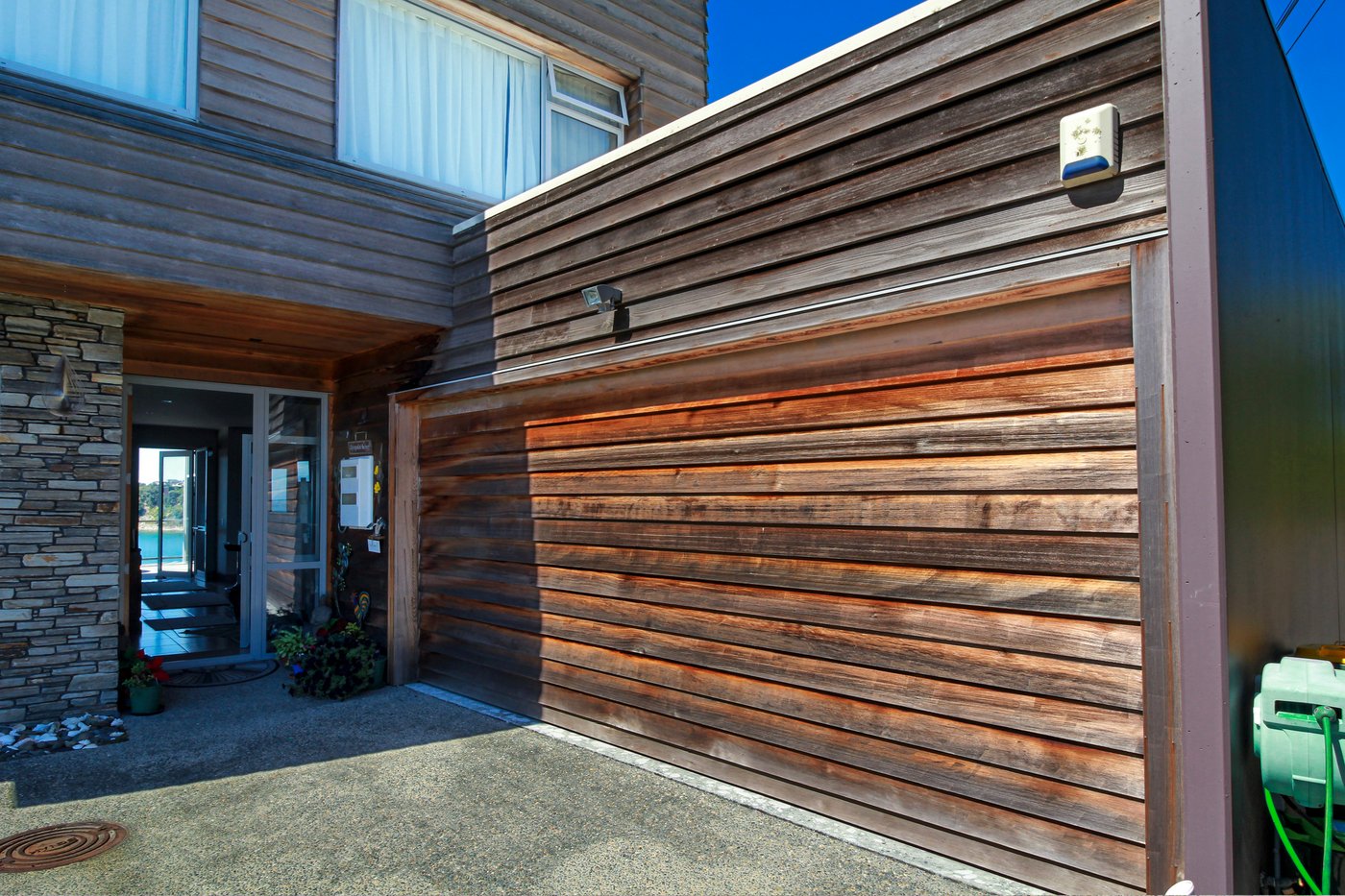Tinted oils and stains are two very different products – each with unique compositions, application requirements, and long-term maintenance needs – but the names are often used interchangeably.
Even amongst building professionals, there is a lot of confusion around different Cedar treatments, and which is best for the long-term protection of Cedar in different situations.
In fairness, the difference is not always obvious, and much of the confusion comes from the terminology used by manufacturers in the past.
This article aims to set the record straight, and show why it’s beneficial – both for your Cedar and for your wallet – to know the difference between Cedar treatments.
Let’s start by defining what exactly is an oil and a stain.
What is a Penetrating Oil?
Penetrating oil is designed to migrate into the timber and waterproof it from the inside, protecting against movement from the wetting and drying process, but it offers no UV protection.
We do not recommend using clear oil on Cedar cladding as there is no UV protection.
When a tint is added to a clear oil base, it becomes a tinted oil.
The tinted oil has all the waterproofing benefits of clear oil, but the tint now protects the timber against UV, like a sunblock, and it can be applied with a range of different colours.
What is a Stain?
Traditional stains use a solvent to emulsify the oil and are typically a brown-red colour, prevalent on homes built before the 2000s.
Solvent based stains are still available, but they are being phased out in favour of water-borne stains, which are more environmentally friendly, and come in a range of colours.
Water-borne stains emulsify the oil in water. When applied to the surface, the water evaporates leaving behind the oil to migrate, to a degree, into the surface of the timber.
Stains do not penetrate deeply into the timber, unlike oil, and are designed to erode from the surface over time. Once the stain has been broken down by the UV, any remaining stain will need to be washed or sanded away before applying new stain.
Where Does the Confusion Lie?
Stains and tinted oils are the most common source of confusion when talking with Cedar homeowners.
People think of a stain as something they brush on and the stain then soaks into the timber. This is true, but a stain will only soak into the timber marginally compared to a penetrating oil.
If you pour tinted oil onto a white sheet, it’s going to change the colour of the sheet without changing the texture, essentially staining the fabric.
If you do the same with a traditional stain, which is actually like a very thin paint, it’s going to leave a coating on the sheet. It will change the colour, but only because there is a coating on the surface. It’s not actually staining the fabric.
By this rationale, a stain is not actually a stain, but it’s been called a stain for so many years that the name has stuck.
This may seem like splitting hairs, but knowing which product is right for your Cedar has a significant impact on how your Cedar needs to be maintained.
Why Does This Matter
If you know what treatment is on your Cedar, you can formulate the right maintenance strategy for your home – and potentially save yourself money, and heartache.
Here are a few practical examples:
- Existing Cedar Homes
If you already have a Cedar home, this means you can use the same treatment as before for the best colour matching and application; while avoiding generic products that do not perform as well, or incompatible treatments, such as applying a water-borne stain over an oil.
- New Cedar Homes
If you are building or buying a new Cedar home, a stain is often applied as it requires little upkeep for the first 5-10 years, but eventually the sun will dry out the timber and you might have to use a Cedar professional for maintenance or remedial work.
- Cost and Upkeep
Different treatments have different costs. Oil migrates deep into the timber, but doesn’t last on the surface as long as a stain and needs more regular upkeep. Stain lasts longer, but once it erodes, it needs to be removed evenly before recoating, or you end up with an uneven finish.
- Cedar Orientation
Areas in the shade require less maintenance than sun-exposed areas, making stain more suitable in some circumstances. And if you have an area of Cedar up high, the cost of scaffolding might be prohibitive for regular application of oil and a stain might make more sense.
All these potential complications can be eased by knowing what treatment has been used on your Cedar, and what treatment is best for different situations.
Final Thoughts
We are not saying that one product is better than the other, but by understanding what treatment is on your Cedar, you can make better decisions about how it needs to be protected.
If you are unsure, get in touch with our team and a Cedar expert will come out to your house to assess your cladding.


